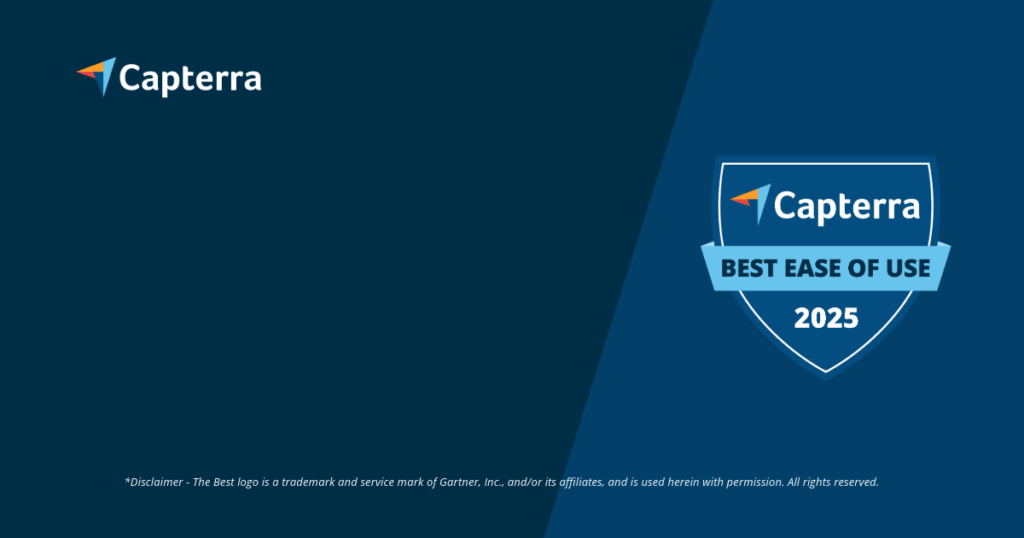The promise of efficiency meets a harsh reality
Public-Private Partnerships (PPP) have been marketed since the 1990s as a solution for strained public finances. Private entities take over planning, construction, financing, and decades-long operation, which is theoretically supposed to lead to greater efficiency. Many municipalities use this model, for example, for renovating dilapidated schools to benefit from the expertise of private companies.
However, the list of failed large projects tells a different story. The Elbphilharmonie, originally planned for 186 million euros, ended up costing around 800 million euros, partly due to poor planning. The Federal Audit Office makes this even clearer: During the expansion of the A1, the PPP variant was not cheaper but 28% more expensive than the state-led implementation. This discrepancy between promise and reality costs taxpayers billions. The causes are deeply embedded in the structure of the projects.
Core problem of PPP: Lack of transparency over a 30-year contract duration
A central problem of PPP projects is the enormous contract duration of often 30 years. During this time, the private partner is responsible for the impeccable condition of the infrastructure. The public sector must monitor compliance with the agreed quality over three decades – a massive challenge. The interests often do not align. Private operators optimize maintenance costs for the contract duration, not for the entire lifecycle of the building.
This long-term asymmetry in information and goals is one of the biggest risks in the construction industry.Without comprehensive, accessible, and above all legally secure documentation, the public client has hardly any way to objectively assess the service delivery and to rectify deficiencies. Lack of evidence for poor performance means that the public sector pays for inadequate infrastructure for decades. The solution must therefore address the root cause: daily data collection and communication.
Digitalization as a power tool for the client
To manage the complexity of large projects, modern approaches rely on comprehensive digitalization. Technologies such as Building Information Modeling (BIM) and the Digital Twin are crucial here. A Digital Twin is an exact virtual replica of the building, fed with real-time data on condition, maintenance, and usage over the entire 30-year period. This allows for transparent tracking of the state’s infrastructure.
These digital models offer the chance to regain control. However, they are only as good as the data they are fed with. Comprehensive digital construction project management is the prerequisite. The challenge is to obtain the data directly from the construction site – often a manual and error-prone process. Here lies the gap between digital aspirations in the office and the analog reality on the construction site.
Creating the data foundation: Legally secure documentation directly from the construction site
The success of a digital twin and thus the entire PPP project depends on the quality and availability of data from the construction site. Many approaches fail in practice here: employees must operate complex new apps, language barriers complicate communication, and the acceptance of digital tools is low. The result is incomplete or delayed information that undermines the value of the digital model.
Valoon resolves this issue by meeting employees where they already communicate: on WhatsApp. Without new apps and without training effort, construction progress, defects, or measurements can be captured directly via photo, video, or voice message. This information is automatically stored legally secure and structured in the construction diary. This creates a seamless chain of evidence for successful large projects. The advantages for managing PPP projects are:
Seamless chain of evidence:
- Every message is stored securely against tampering with a timestamp and employee assignment. No acceptance issues:
- The team continues to use WhatsApp; no new software installation is needed on the construction site. Overcoming language barriers:
- Integrated live translation ensures clear communication in international teams. Automated reports:
- Automatisierte Berichte: Daily construction reports and other documentation are generated from the captured data with just a few clicks.
This simple form of data collection ensures that the digital twin is supplied with valid real-time information. This lays the foundation for effective control.
Conclusion: Achieving successful PPP projects through transparency
PPP projects do not necessarily have to result in costly failures. The massive cost overruns and quality deficiencies of the past are often a direct result of lack of transparency and insufficient control over long periods. The public client can counter this power imbalance through the use of smart digital tools.
By focusing on seamless, simple, and legally secure documentation from the outset, you create the necessary transparency to objectively assess the performance of your private partners over the entire 30 years and enforce contractual obligations. Valoon closes the critical gap between the construction site and the office, ensuring that all relevant information reaches where it is needed for project management – simply, efficiently, and legally secure. This transforms risky partnerships into planable and successful projects..
Set the course for your next large project to succeed. Ensure a clean data foundation that gives you control.
Book your free demo now and discover how Valoon revolutionizes the documentation of your construction projects.
More Links
Das Federal Ministry of Finance provides an expert opinion from its scientific advisory board on the opportunities and risks of public-private partnerships.
Das Federal Ministry of Transport and Digital Infrastructure provides a guideline for economic feasibility studies in PPP projects.
Die KfW offers a table volume with data and information on public-private partnerships.
Das BBSR (Federal Institute for Research on Building, Urban Affairs, and Spatial Development) provides opinions and studies on economic feasibility studies in PPP projects on its website.
Das German Institute of Urban Affairs (Difu) publishes publications on public-private partnership projects.
Die Hans Böckler Foundation offers an article on the risks of Public-Private Partnerships (PPP).
Der Federal Association of Public-Private Partnerships provides information on PPP projects and their frameworks on its website.
FAQ
What does PPP stand for in full?
PPP stands for ‘Public Private Partnership’. The German designation is ÖPP, which stands for ‘Öffentlich-Private Partnerschaft’.
Are PPP projects a form of privatization?
PPP is a form of task privatization but not full ownership privatization. The infrastructure usually remains in public ownership while private companies take responsibility for planning, construction, financing, and operation for a defined period.
What role does documentation play in PPP projects?
A crucial one. Given contract durations of 20-30 years, seamless and legally secure documentation is the most important tool for the public client to verify and enforce compliance with contractual quality and maintenance standards.
How does Valoon help manage PPP projects?
Valoon radically simplifies data collection from the construction site. By using WhatsApp, construction progress and defects can be captured easily and without additional effort, and are automatically documented in a legally secure manner. This creates the necessary transparent data foundation for effective control and management of PPP partners.
What is the difference between PPP and conventional procurement?
In conventional procurement, the public sector commissions individual services (planning, construction, etc.) separately and finances the project itself. In PPP, a complete package for the entire lifecycle is awarded to a private partner who also takes over financing and operation.
What types of projects are suitable for PPP?
PPP models are typically used for large infrastructure projects with high financial volume and long durations. This includes the construction and operation of highways, bridges, schools, hospitals, and other public buildings.








